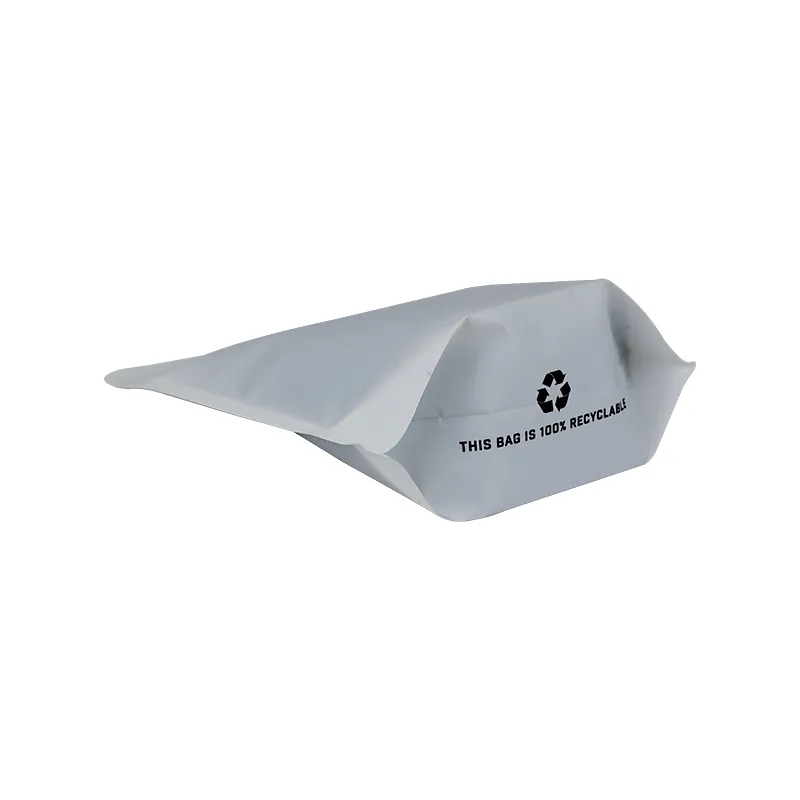- Afrikaans
- Albanian
- Amharic
- Arabic
- Armenian
- Azerbaijani
- Basque
- Belarusian
- Bengali
- Bosnian
- Bulgarian
- Catalan
- Cebuano
- chinese_simplified
- chinese_traditional
- Corsican
- Croatian
- Czech
- Danish
- Dutch
- English
- Esperanto
- Estonian
- Finnish
- French
- Frisian
- Galician
- Georgian
- German
- Greek
- Gujarati
- haitian_creole
- hausa
- hawaiian
- Hebrew
- Hindi
- Miao
- Hungarian
- Icelandic
- igbo
- Indonesian
- irish
- Italian
- Japanese
- Javanese
- Kannada
- kazakh
- Khmer
- Rwandese
- Korean
- Kurdish
- Kyrgyz
- Lao
- Latin
- Latvian
- Lithuanian
- Luxembourgish
- Macedonian
- Malgashi
- Malay
- Malayalam
- Maltese
- Maori
- Marathi
- Mongolian
- Myanmar
- Nepali
- Norwegian
- Norwegian
- Occitan
- Pashto
- Persian
- Polish
- Portuguese
- Punjabi
- Romanian
- Russian
- Samoan
- scottish-gaelic
- Serbian
- Sesotho
- Shona
- Sindhi
- Sinhala
- Slovak
- Slovenian
- Somali
- Spanish
- Sundanese
- Swahili
- Swedish
- Tagalog
- Tajik
- Tamil
- Tatar
- Telugu
- Thai
- Turkish
- Turkmen
- Ukrainian
- Urdu
- Uighur
- Uzbek
- Vietnamese
- Welsh
- Bantu
- Yiddish
- Yoruba
- Zulu
Understanding the Importance of Sterile Packaging in Healthcare and Medical Industries
The Importance of Sterile Packaging in Healthcare
In the realm of healthcare, ensuring the safety and efficacy of medical devices and instruments is paramount. One of the critical components in achieving this goal is sterile packaging. The term sterile pack refers to a meticulously sealed container designed to keep medical instruments or devices free from contamination until they are needed. This article explores the significance of sterile packing, the processes involved, and how it directly impacts patient care.
A Definition of Sterile Packaging
Sterile packaging is a method used to preserve the sterility of medical devices or surgical instruments. The sterilization process eliminates all forms of microbial life, including bacteria, viruses, fungi, and spores. Once sterilized, items are packaged in such a way that they will remain sterile until the package is opened. Common methods include steam sterilization, ethylene oxide gas sterilization, and radiation. The choice of method depends on various factors, including the nature of the medical item and the intended use.
Why Is Sterile Packaging Crucial?
The primary goal of sterile packaging is to prevent infections during medical procedures. Healthcare-associated infections (HAIs) can lead to severe complications, protracted hospital stays, and increased healthcare costs. The Centers for Disease Control and Prevention (CDC) estimates that about 1 in 31 hospital patients have at least one HAI on any given day. By using sterile packs, healthcare providers can significantly reduce the risk of these infections.
Moreover, sterile packaging is essential for ensuring that medical procedures adhere to strict regulations set forth by organizations such as the Food and Drug Administration (FDA) and the International Organization for Standardization (ISO). These regulations are in place to ensure that healthcare facilities maintain high standards that safeguard patient health.
The Process of Sterile Packaging
While the concept of sterile packaging may seem straightforward, producing an effective sterile pack involves multiple steps
sterile pack

1. Sterilization First, the medical devices or instruments are thoroughly cleaned and then sterilized using one of the aforementioned methods. This step is critical as it ensures that any microbial contaminants are eliminated.
2. Packaging Once sterilized, the items are packaged in materials that provide a barrier to microbial invasion. Common packaging materials include heat-sealed pouches, rigid containers, and plastic wraps. The choice of material depends on the sterilization method and the type of medical equipment.
3. Sealing After the items are placed within the packaging, the packages are sealed. This can involve heat sealing, adhesive sealing, or the use of clamps. It is crucial that the seal is intact to maintain sterility until the package is opened.
4. Labeling Clear labeling is also a vital component of the sterile packaging process. Labels should include sterilization date, expiration date, and a description of the contents. This information is essential for tracking and audit purposes and helps ensure that the right equipment is available when needed.
5. Storage Finally, sterile packs must be stored correctly to preserve their integrity. They should be kept in a controlled environment that prevents contamination, in dry and clean areas away from direct sunlight and harsh conditions.
The Role of Sterile Packaging in Patient Safety
The impact of sterile packaging on patient safety cannot be overstated. By ensuring that medical instruments remain uncontaminated until they are used, healthcare providers can significantly reduce the risk of post-operative infections. This is particularly important in surgical settings, where the stakes are high, and patient vulnerability is at its peak.
In conclusion, sterile packaging is a critical aspect of modern healthcare that plays a vital role in protecting patient health. By understanding the significance of sterile packs, the processes involved, and their contribution to patient safety, medical professionals can continue to uphold the standards necessary for effective and safe healthcare delivery. As technology advances, the methods and materials for sterilization and packaging will likely continue to evolve, further enhancing the safety and efficacy of medical procedures.













